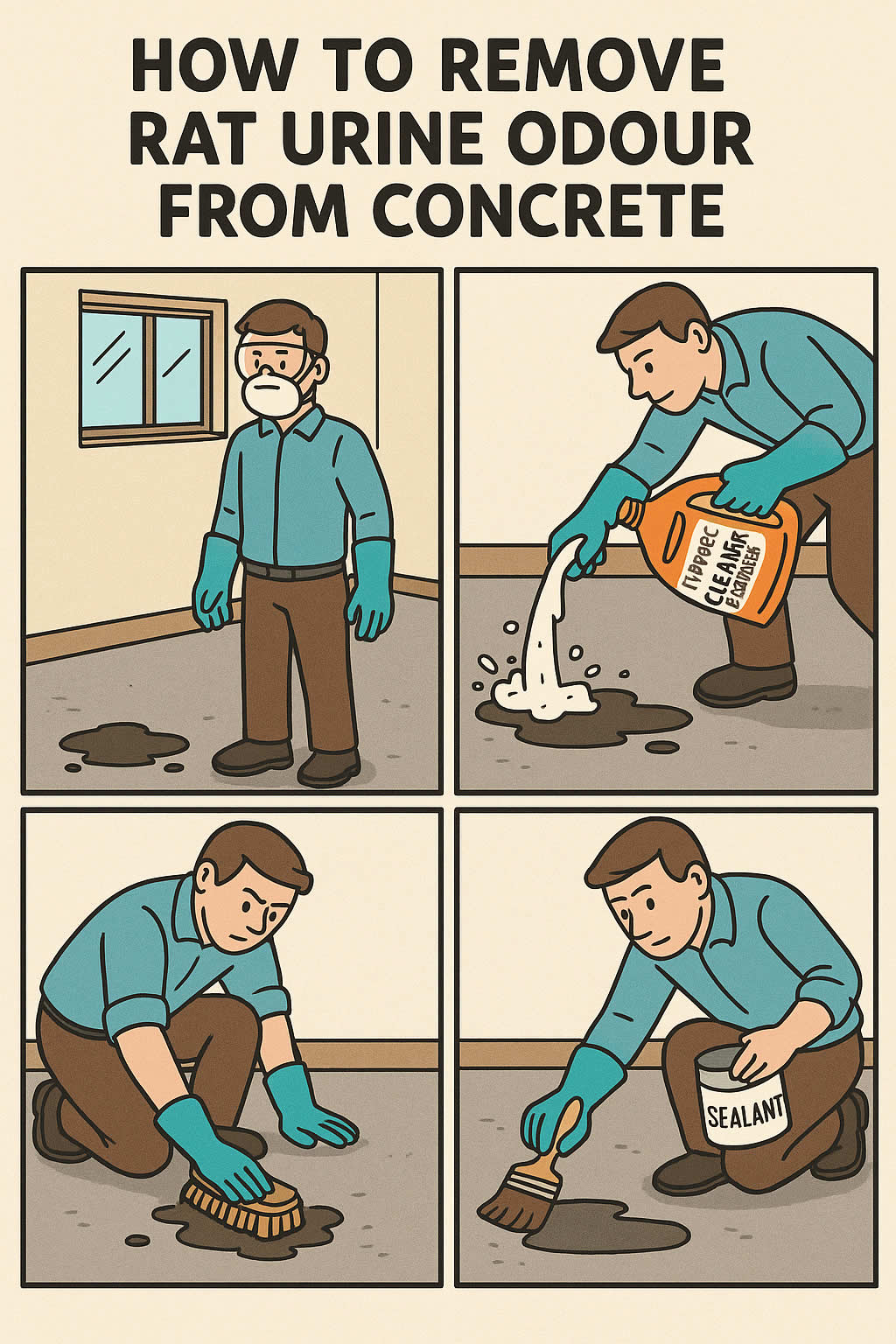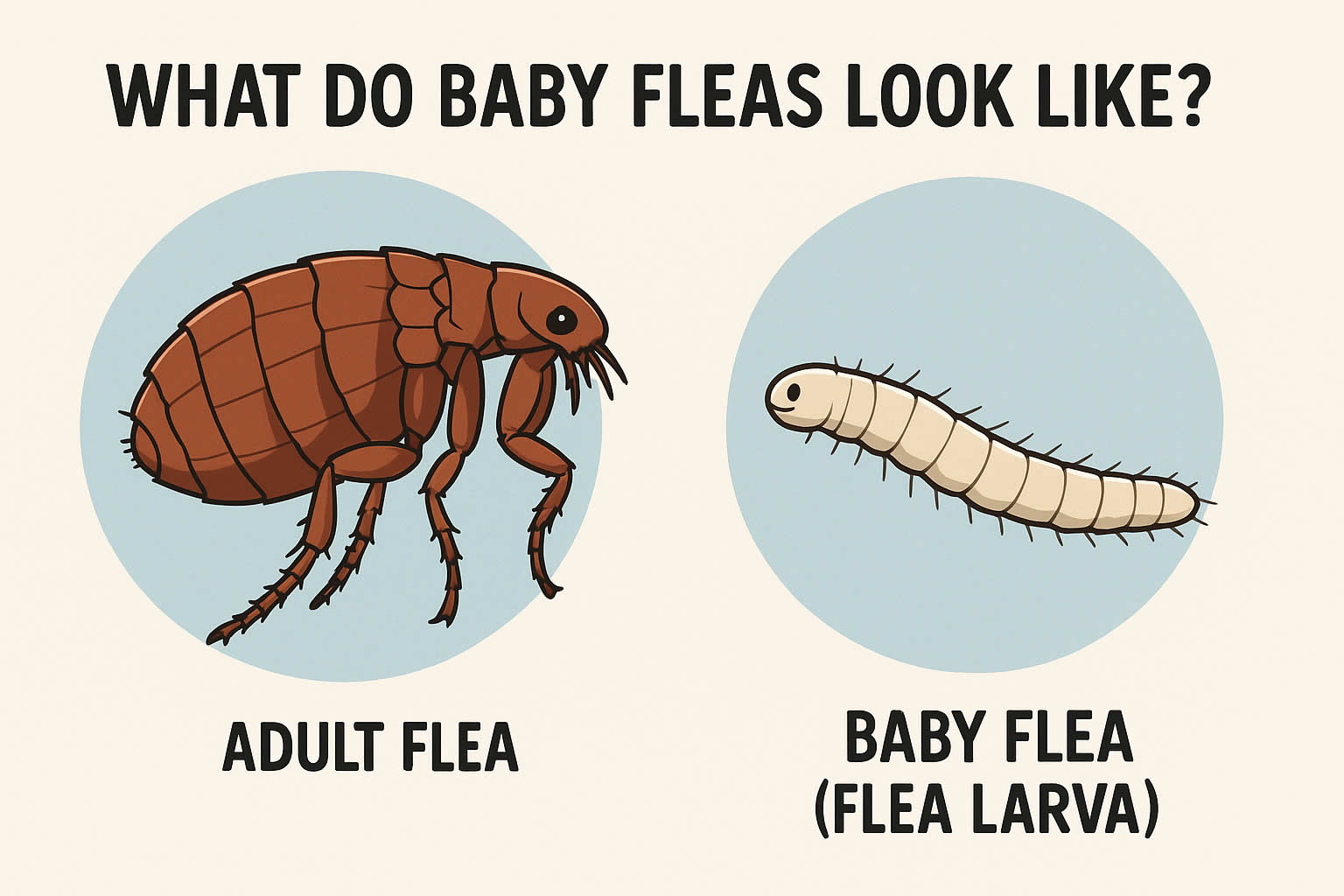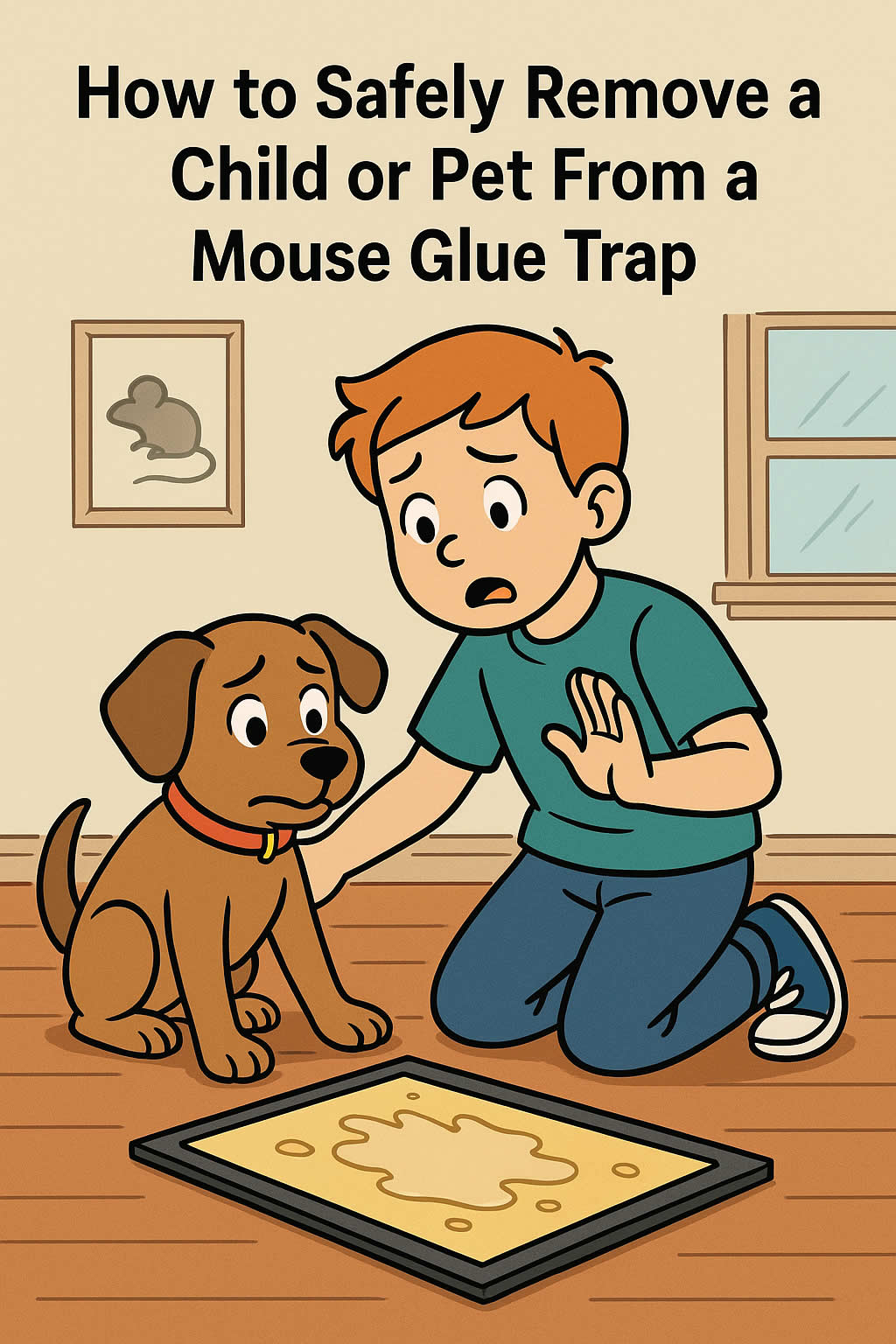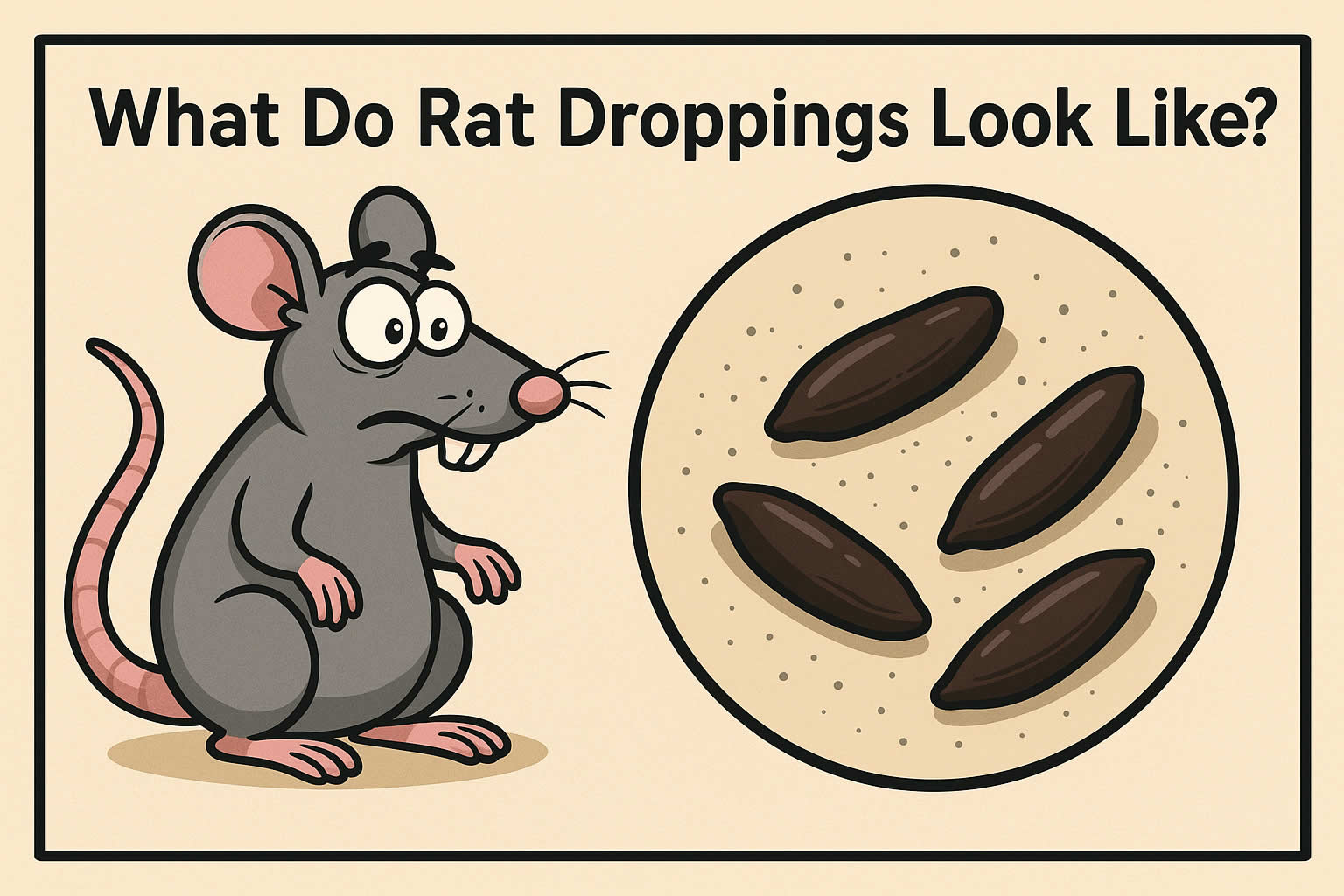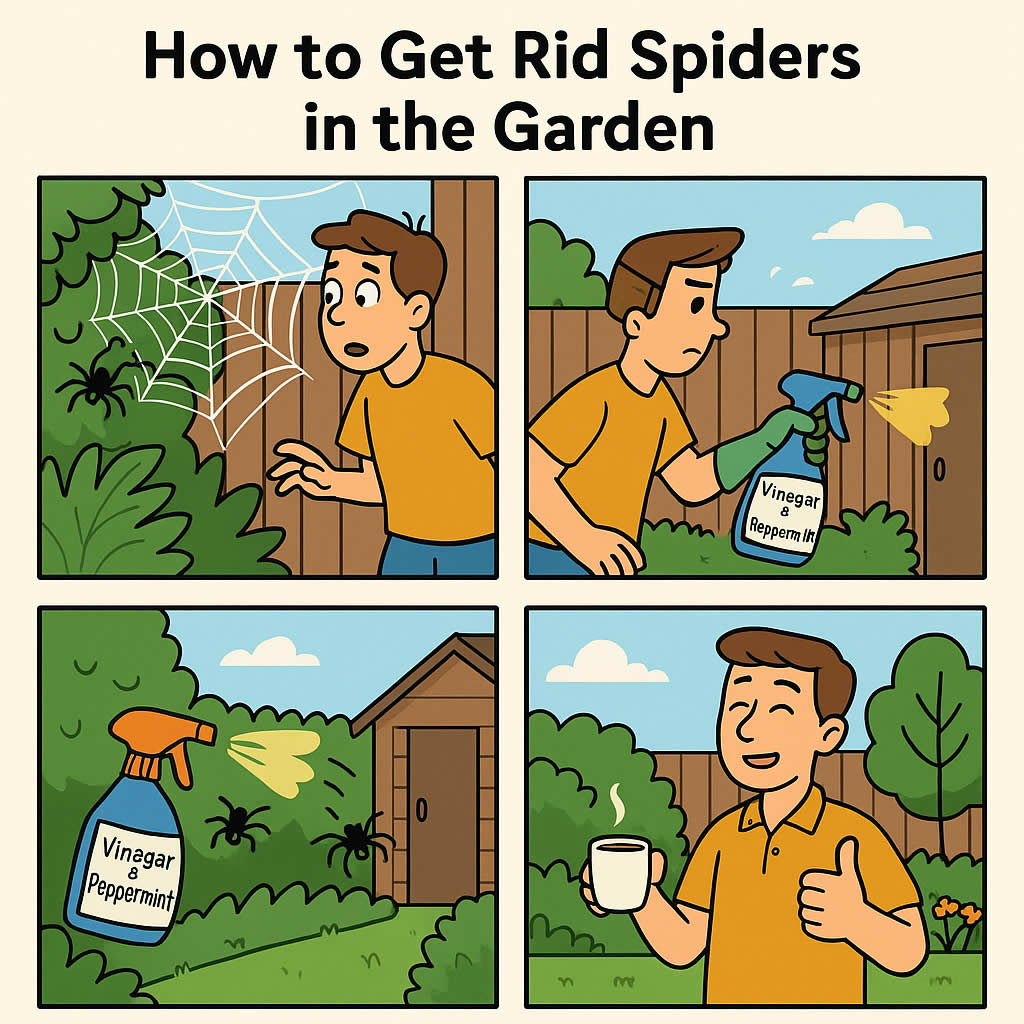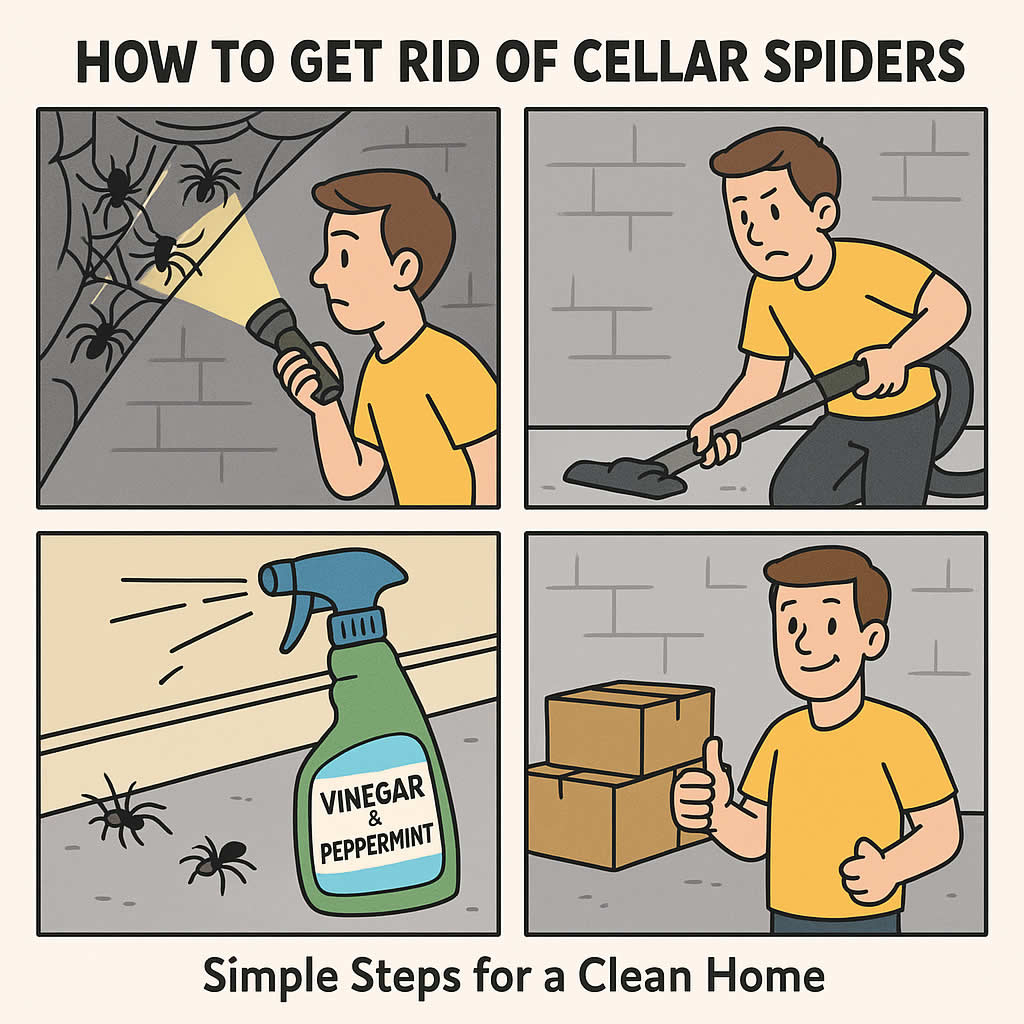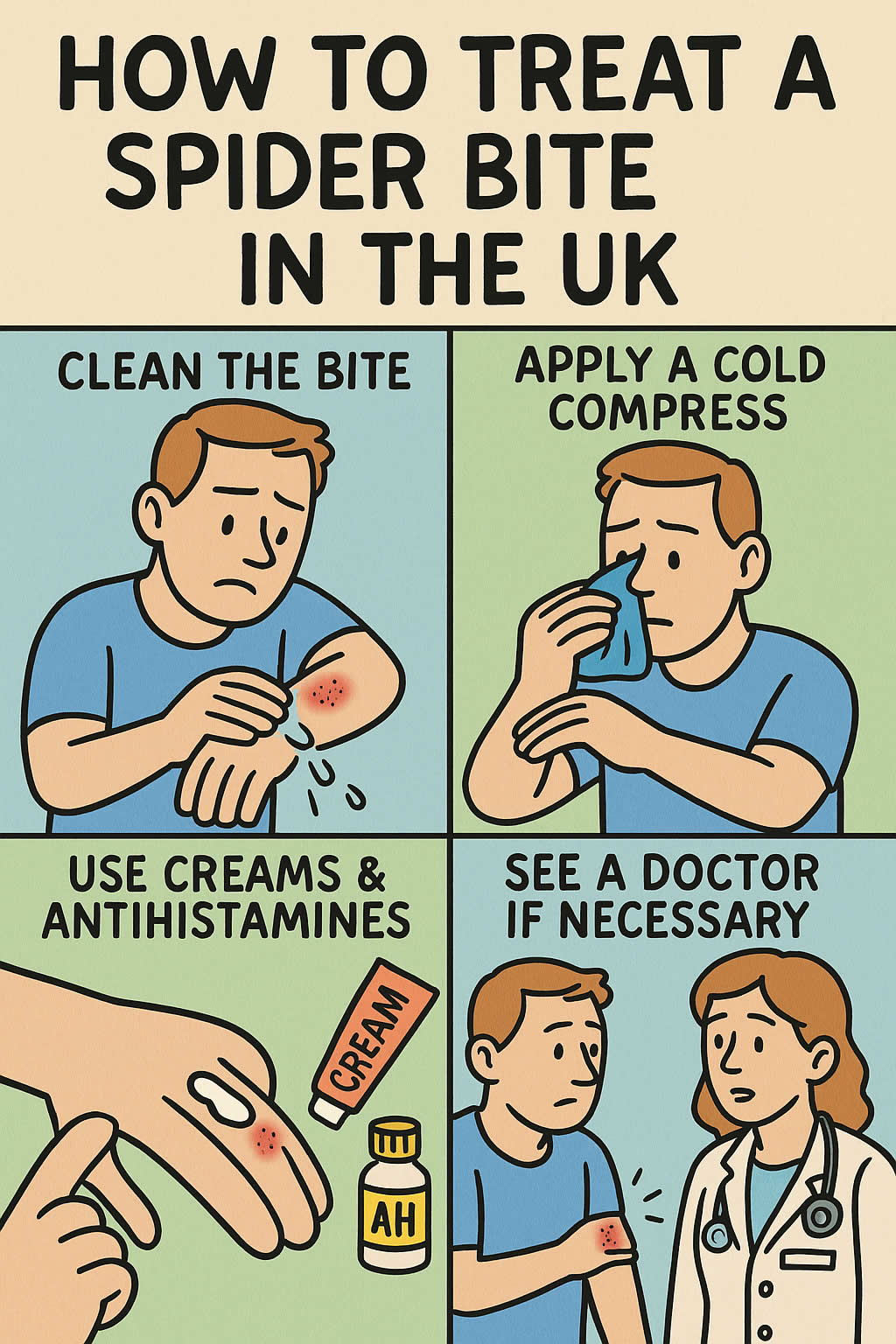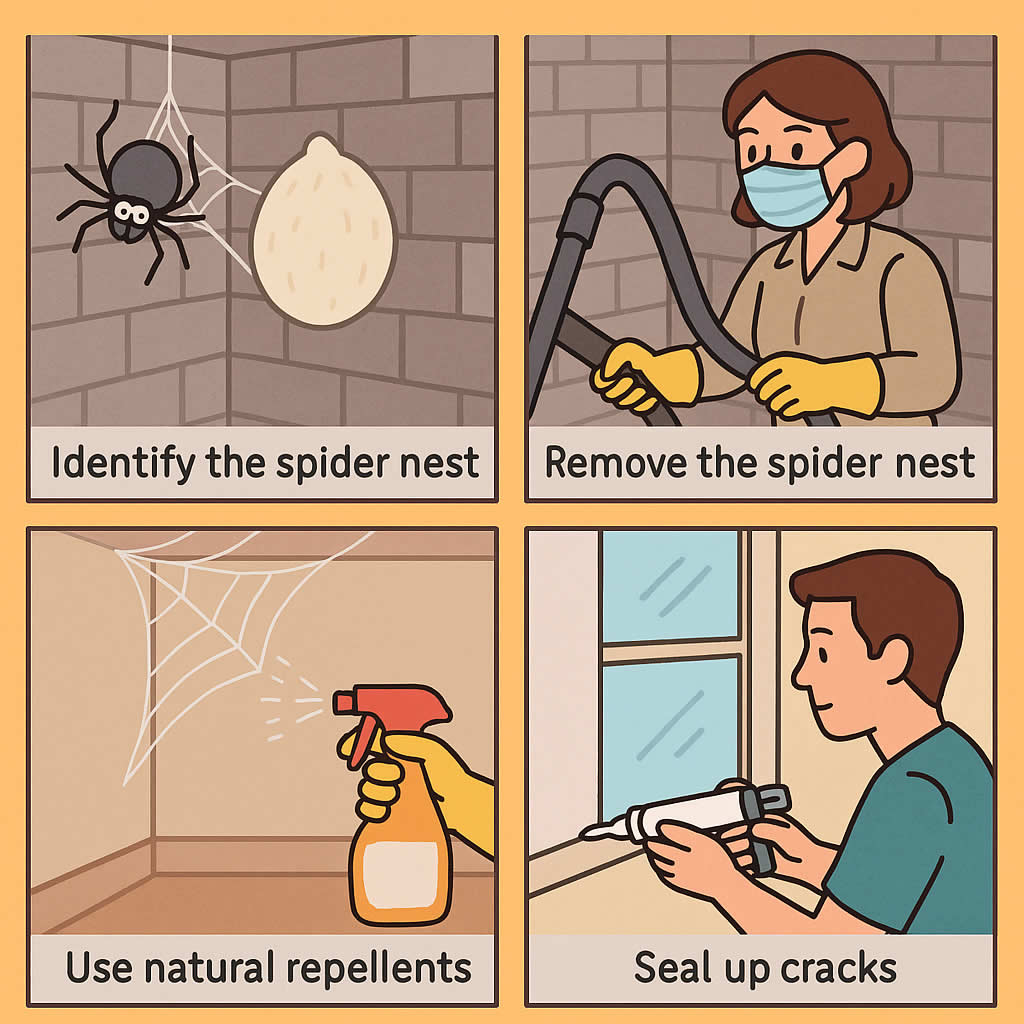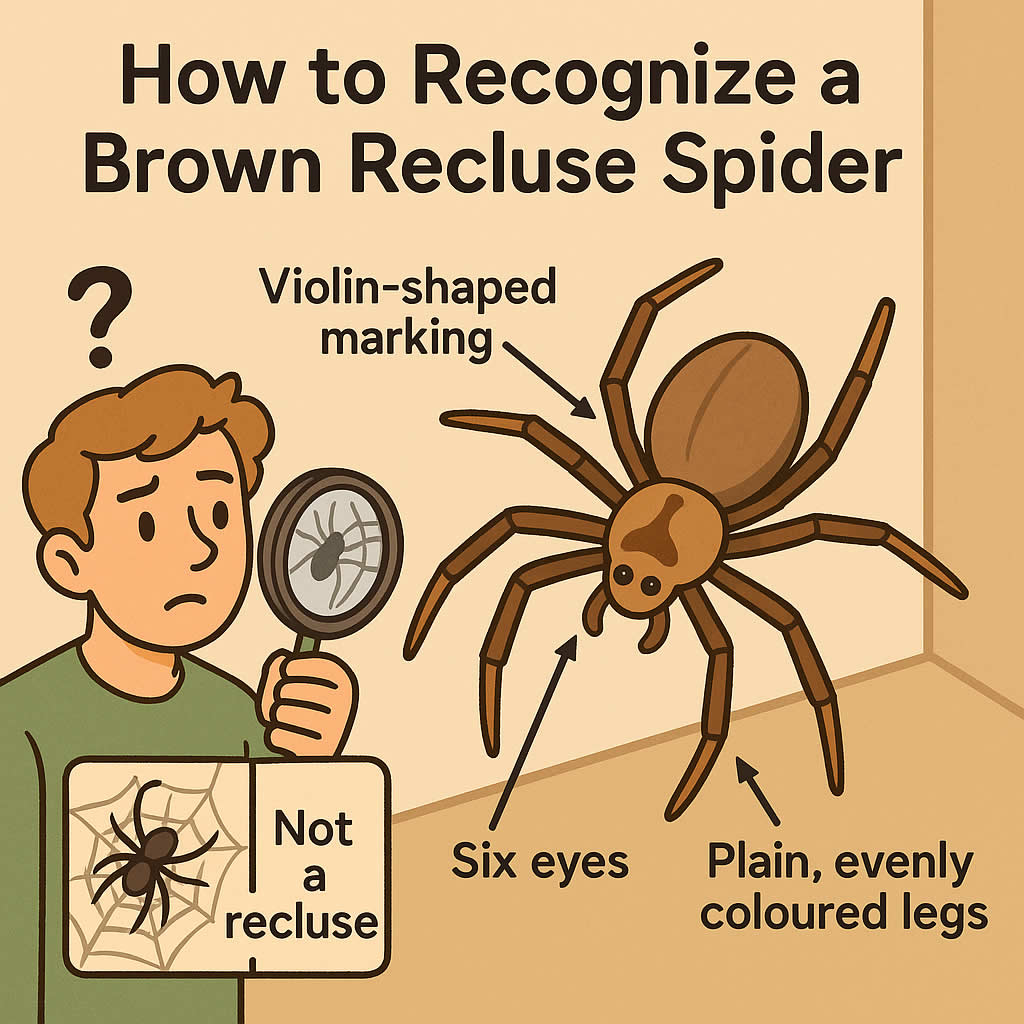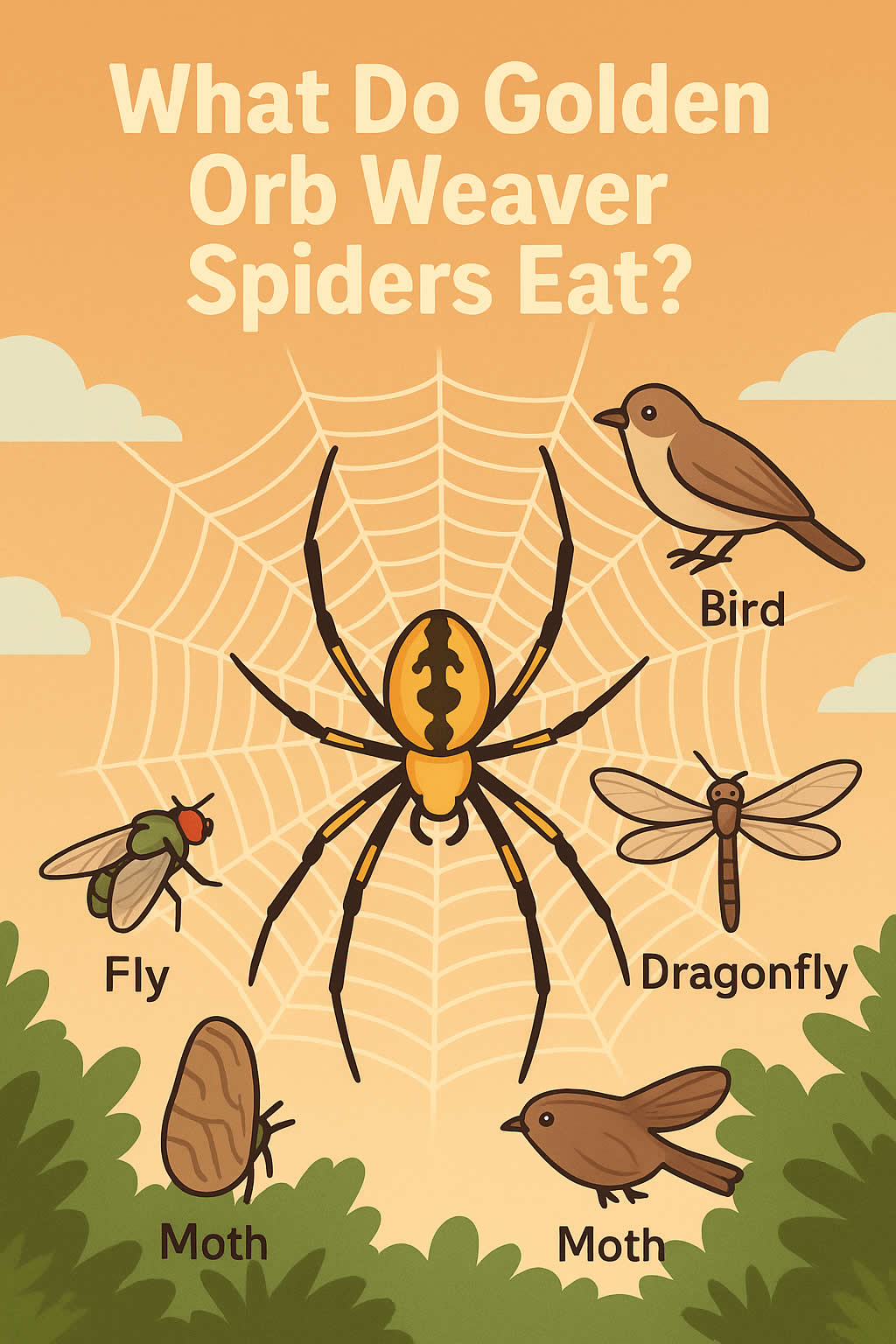Related Queries
ToggleIf your dog’s been scratching more than usual, jumping up mid-rest to gnaw at their skin, or shaking their head for no obvious reason, it’s hard not to worry. You know your dog’s normal habits, and when something’s off, you notice. One of the most common—and frustrating—causes of sudden itchiness in dogs is flea bites.
Fleas are tiny, but the problems they cause are big. A single flea bite can trigger hours of irritation, days of scratching, and in some cases, weeks of skin issues if it isn’t treated. Knowing exactly what flea bites look like, how to spot them early, and what to do next is one of the best ways to keep your dog healthy and comfortable.
This isn’t just about recognising the bites—it’s also about understanding how fleas behave, what signs to look out for, and how to protect your dog and home from an infestation.
What exactly are flea bites on dogs?
A flea bite happens when a flea pierces your dog’s skin with its mouthparts to feed on blood. As it does this, it injects saliva that contains anticoagulants and enzymes. These stop the blood from clotting and make it easier for the flea to feed—but they also trigger your dog’s immune system to react.
For some dogs, the reaction is mild. You might only notice a bit of scratching or a small red bump. For others—especially dogs with flea allergy dermatitis—the response is much stronger, leading to inflamed skin, severe itching, and secondary infections.
The important thing to remember is that flea bites aren’t just a cosmetic problem. They cause discomfort, and because fleas breed quickly, one or two bites can turn into dozens within days if the source isn’t tackled.
How does the flea life cycle affect flea bites?
To deal with flea bites properly, you need to understand that you’re not just dealing with the fleas you can see. Around 95% of a flea population exists in the environment as eggs, larvae, or pupae—not as adults living on your dog.
Here’s how it works:
- Eggs – Female fleas lay eggs after feeding. These eggs fall from your dog into bedding, carpets, and upholstery.
- Larvae – The eggs hatch into larvae that hide in dark, humid places, feeding on flea dirt and organic matter.
- Pupae – Larvae spin a cocoon and enter the pupal stage, where they can survive for weeks or even months before emerging.
- Adults – Once they sense heat, movement, or carbon dioxide, they emerge, jump onto a host, and start feeding.
Because the life cycle is continuous, you may still see new bites even after treating your dog if you don’t address the fleas living in your home. Breaking the cycle means targeting both your pet and their environment.
What do flea bites on dogs actually look like?
When you part your dog’s fur, flea bites typically look like small, red, raised dots. They’re often clustered in groups or lines, and you might notice surrounding redness or swelling. The most common places to see them are:
- Base of the tail
- Belly and groin
- Inner thighs
- Armpits
- Behind the ears
- Around the neck
On short-coated dogs, bites might be easier to spot. On long-haired or double-coated breeds, you may need to run your fingers through the fur to feel for bumps or look for areas where the coat is thinning.
If your dog has a strong allergic reaction, the bites can develop into scabs or crusts as your dog scratches or chews the area. Sometimes, the surrounding skin can become inflamed and warm to the touch.
How can you tell it’s fleas and not something else?
Skin irritation in dogs can be caused by a lot of things: insect bites, food allergies, environmental allergies, or even bacterial and fungal infections. The key signs that point to fleas are:
- Bite clusters in typical flea locations
- Flea dirt – black specks that turn reddish-brown when damp
- Sudden, intense scratching after periods of rest
- Seasonal patterns – flea activity is often higher in warmer months
If you’re not sure, a flea comb can help confirm your suspicions. Comb through your dog’s fur over a white surface and look for flea dirt or live fleas.
What happens if flea bites are left untreated?
Leaving flea bites untreated doesn’t just mean your dog stays itchy—it can lead to serious complications.
Flea allergy dermatitis – a severe reaction to flea saliva that causes intense itching and skin damage
Secondary infections – open sores from scratching can allow bacteria to enter the skin
Anaemia – heavy flea infestations can cause significant blood loss, especially in puppies or small dogs
Tapeworms – if your dog ingests a flea carrying tapeworm larvae, it can develop an internal infection
The longer fleas are feeding, the more eggs they’re laying, and the more entrenched the problem becomes in your home.
How should you treat flea bites on your dog?
The first goal is to remove the fleas. That means using a treatment that kills adult fleas and prevents new ones from developing. You’ve got several options, and your vet can recommend the best one based on your dog’s health:
- Topical treatments – applied to the skin, usually between the shoulder blades
- Oral medications – chewable tablets that kill fleas quickly and can work for weeks
- Flea collars – can provide long-term prevention when used correctly
For the bites themselves, focus on comfort and healing:
- Bathe your dog with a gentle, vet-recommended shampoo to soothe irritation
- Apply topical sprays or creams designed for dogs to reduce inflammation
- If your dog has a severe allergic reaction, your vet may prescribe antihistamines or steroids
How do you remove fleas from your home?
If you only treat your dog, you’ll likely see fleas come back within days. Fleas live and breed in the environment, so you need a thorough cleaning routine:
- Wash all bedding, blankets, and soft toys in hot water
- Vacuum carpets, rugs, and furniture daily for at least a week, paying special attention to crevices
- Use a vet-approved environmental flea spray to target eggs and larvae
- Treat other pets in the household, even if they’re not showing signs
Fleas can survive in the pupal stage for weeks, so a single cleaning session isn’t enough—you need to be consistent.
How can you prevent flea bites in the future?
Prevention is easier than tackling an infestation. Make flea control part of your regular routine:
- Use a year-round flea prevention product, even in cooler months
- Check your dog regularly for signs of fleas, especially after outdoor activities
- Keep your home clean and vacuumed to remove flea eggs before they hatch
- Wash your dog’s bedding frequently
Some owners also treat their gardens or outdoor spaces to reduce flea populations, especially if their dog spends a lot of time outside.
Is it always flea bites?
Sometimes, what looks like flea bites could be something else entirely. Dogs can have reactions to mosquito bites, mites, lice, or environmental irritants. Skin infections, hormonal issues, and autoimmune conditions can also cause similar symptoms.
If the irritation doesn’t improve after dog flea treatment, or if it seems to be getting worse, your vet can run tests to pinpoint the cause. This ensures your dog gets the right treatment and avoids unnecessary discomfort.
When should you see a vet immediately?
Most flea bite cases can be handled at home with proper treatment and prevention, but there are times when you should get veterinary help straight away:
- Your dog seems lethargic or weak
- The skin is hot, swollen, or oozing pus
- There’s rapid hair loss or severe skin damage
- You suspect your dog may be anaemic (pale gums, weakness)
Prompt treatment in these cases prevents complications and speeds up recovery.
Final thoughts
Flea bites on dogs are common, but they’re not something to ignore. Spotting them early means you can act quickly—relieving your dog’s discomfort and stopping fleas from spreading.
By knowing what to look for, using the right treatment, and keeping prevention at the heart of your routine, you protect not just your dog but your whole household. Fleas may be small, but once you understand how they operate, you can stay one step ahead and keep your dog happy, healthy, and itch-free.
Pest Control Little Barford – Pest Control Harpur – Pest Control Limbury



